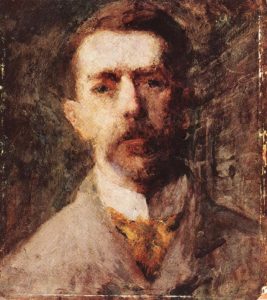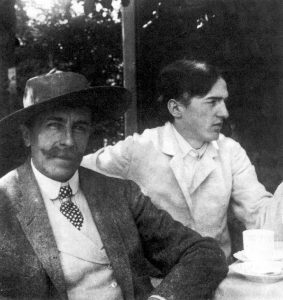
1862 - 1917
Ferenczy Károly

description
A Hungarian Impressionist painter (considered the founder of Hungarian Impressionism, whose pioneer in Hungary was Pal Szinyei Merse), Post-Impressionist and Symbolist. One of the very first and leading representatives and teachers of the Nagybanya school which was founded by Simon Hollosy and functioned in the city of Nagybanya in Transylvania (another name is Baia Mare school). Successfully mastered the genre, including mythological and religious painting, the genre of “nude” and portrait, still life and landscape.
Key ideas:
– In the early period of Ferenczy’s creativity, his paintings reflected naturalistic tendencies, which he perceived from Jules Bastien-Lepage. The paints he used never were fresh; the compositional construction of the works was similar to the academic school.
– As a result of work in the open air, the master’s palette brightens. He almost completely rejects such canons as linear and aerial perspectives.
– In the later period, Post-Impressionist symbolic decorativeness begins to dominate in his works, manifesting itself in the special fragmentation of the paintings, their etudes, in the presence of bright color spots, in a planar manner and in constructing a composition without perspective.
– The main theme of the mature creator is nudity.
1862
1883 - 1886
1886
1887
1889
1903
1917
The birth of the artist
He lived with his family in Munich
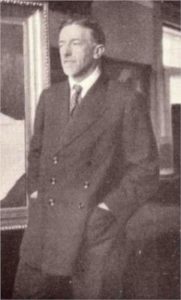
He traveled to Italy
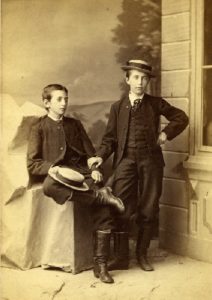
Began to study painting at the paid private Julian Academy
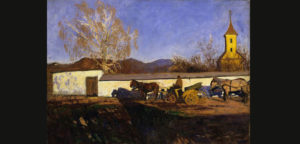
Moved to the town of Szentendre near Budapest
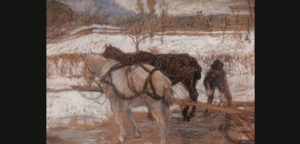
Ferenczy’s works were presented at the national exhibition in Budapest
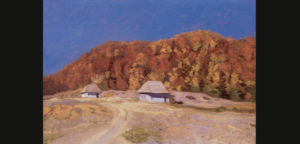
The artist died
